Jasminum spp.
I’d argue that jasmine is perhaps one of the best choices for indoor growing.
Its deep green, attractive foliage and ethereal, star-shaped, white blossoms entice the senses with good looks and a strong, pleasant, heady fragrance.

We link to vendors to help you find relevant products. If you buy from one of our links, we may earn a commission.
It seems like beautiful, blooming houseplants that lend luscious perfume to the air inside our homes are hard to come by.
Even though jasmine requires a bit of extra caretaking to keep it healthy and keep its growth in check, it’ll often reward your efforts with year-round flowers.
That’s well worth it – if you have the time.
As with most houseplants, jasmine has its own preferences. Let’s take a look at these and discuss how to care for a specimen planted in a container indoors.
Here’s what you’ll find in this guide:
What You’ll Learn
Growing Jasmine as a Houseplant
Jasminum is a genus of flowering shrubs and vines.
As a member of the Oleaceae or olive family, these perennial plants produce small blooms and have evergreen foliage when grown in a warm environment.
Other names for members of this genus include jessamine, yasmin, and ismenia, although jessamine is also used when referring to a species from another genus, Gelsemium sempervirens.
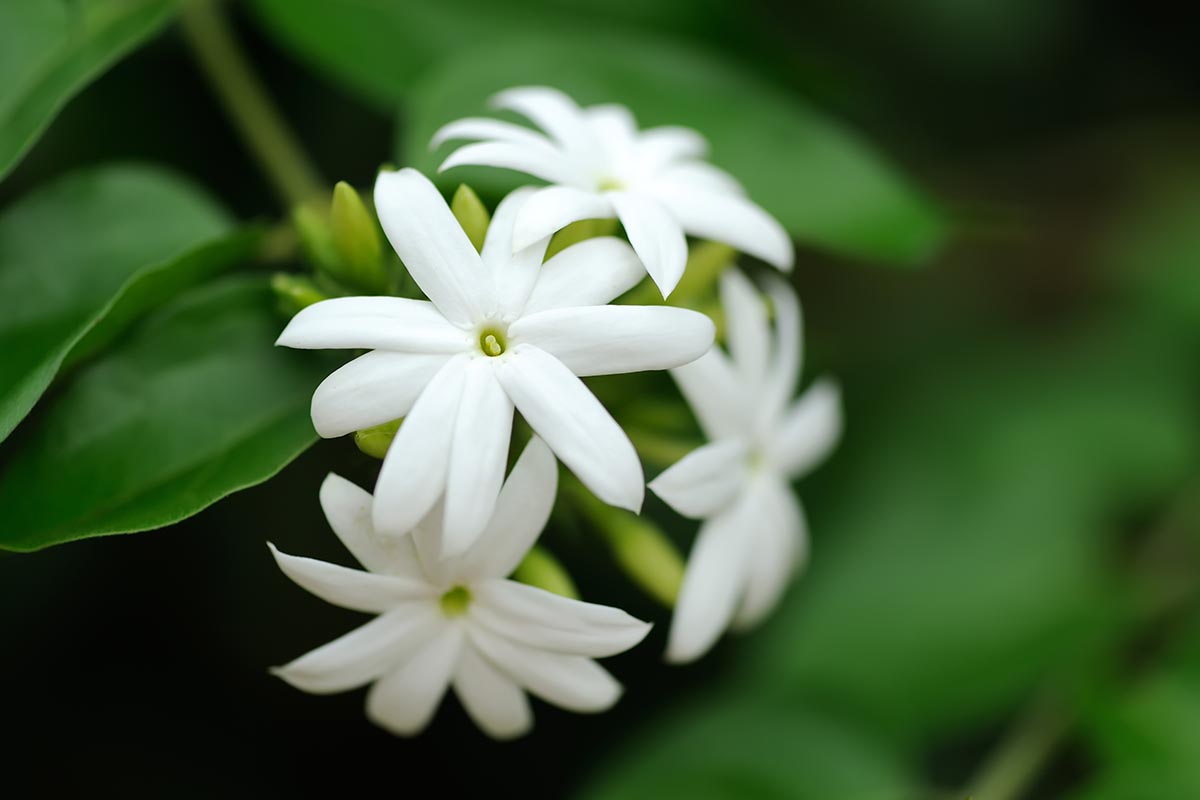
While there are many species associated with the common moniker “jasmine,” several of these do not belong to Jasminum genus either, such as confederate jasmine (Trachelospermum jasminoides) and Asiatic jasmine (Trachelospermum asiaticum).
But, they do bear an obvious resemblance to true types.
Most true species are endemic to a range spanning parts of the Middle East, Asia, and Oceania, in warm regions that experience cooler evening temperatures.
Indoors, they make striking additions to the home with their climbing stems and white, yellow, or pink flowers.
Most species exhibit star- or pinwheel-shaped blossoms, and some cultivars have been bred to display double blooms.

Outdoors, buds set in late winter to early spring and continue to open throughout the fall in most regions. Indoors, however, flowering may continue even into the winter.
Note that a fast growth rate is typical and certain species are considered invasive in some regions, reaching more than 20 feet in length outdoors.
For indoor cultivation, this necessitates some extra steps to prevent overgrowth.
Caring for an indoor specimen is comparable to raising a wandering Tradescantia zebrina or a Boston fern.
They’ll need pruning, good airflow, and adequate sunlight. The soil type and drainage are very important for a potted specimen as well, and we’ll cover this and more in the Caretaking section of this guide, up ahead.
Keep pets away from all members of the Jasminum genus as all parts except the flowers are toxic, including the black berries sometimes produced after blooming.
Are you unsure as to which varieties are best for indoor growing? Let’s see which species and cultivars we’re working with!
Species and Cultivars to Select
Along with the 13 types of jasmine described in our roundup, there are a number of other species and cultivars on the market.
But some of these don’t make good choices for indoor cultivation.
We’ve put together a list of some of the best options to select for potting and growing in your home. Which one will you choose?
Common Jasmine
The first and most obvious option is the hugely popular J. officinale, or common jasmine. This species is also referred to as poet’s, true, or white hardy jasmine.
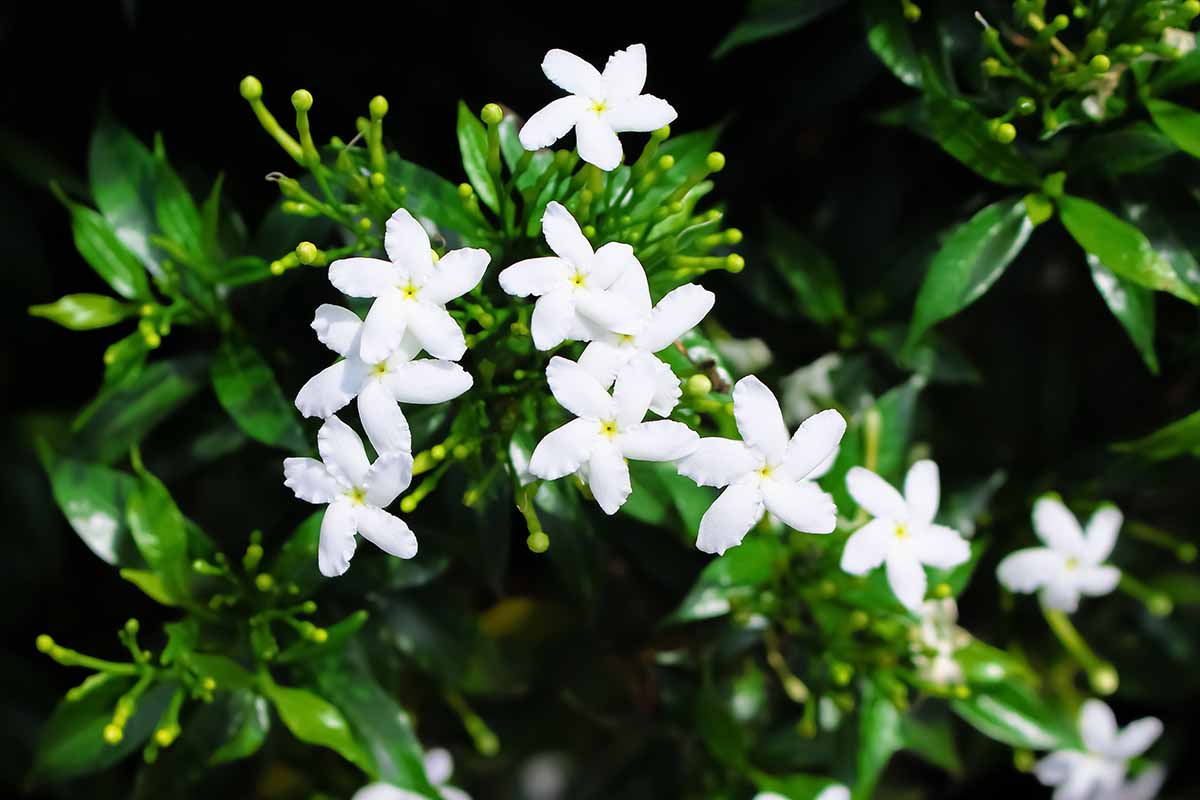
If your main goal is to bring the strong, heady scent that’s so often associated with these vines into your home, then this is the best choice.
The aroma of the white, star-shaped blooms is known the world over, and fortunately, they’re produced by a species that reaches no more than about eight to 10 feet in length.
A smaller variety such as this – and yes, for a vining plant, this is essentially considered compact! – won’t need as much pruning, although it should still be pinched back and maintained as described here in our guide for optimum productivity.

Pick up a white hardy poet’s jasmine in a three-inch grower’s pot from the Easy to Grow store via Amazon.
Arabian Jasmine
Arabian jasmine flowers (J. sambac) are often used in Hawaiian leis.
Tea can also be made from the blossoms, which is very popular in Asia and the Middle East – and with me, as well! It’s delicious with a taste that might as well be velvet in a cup.
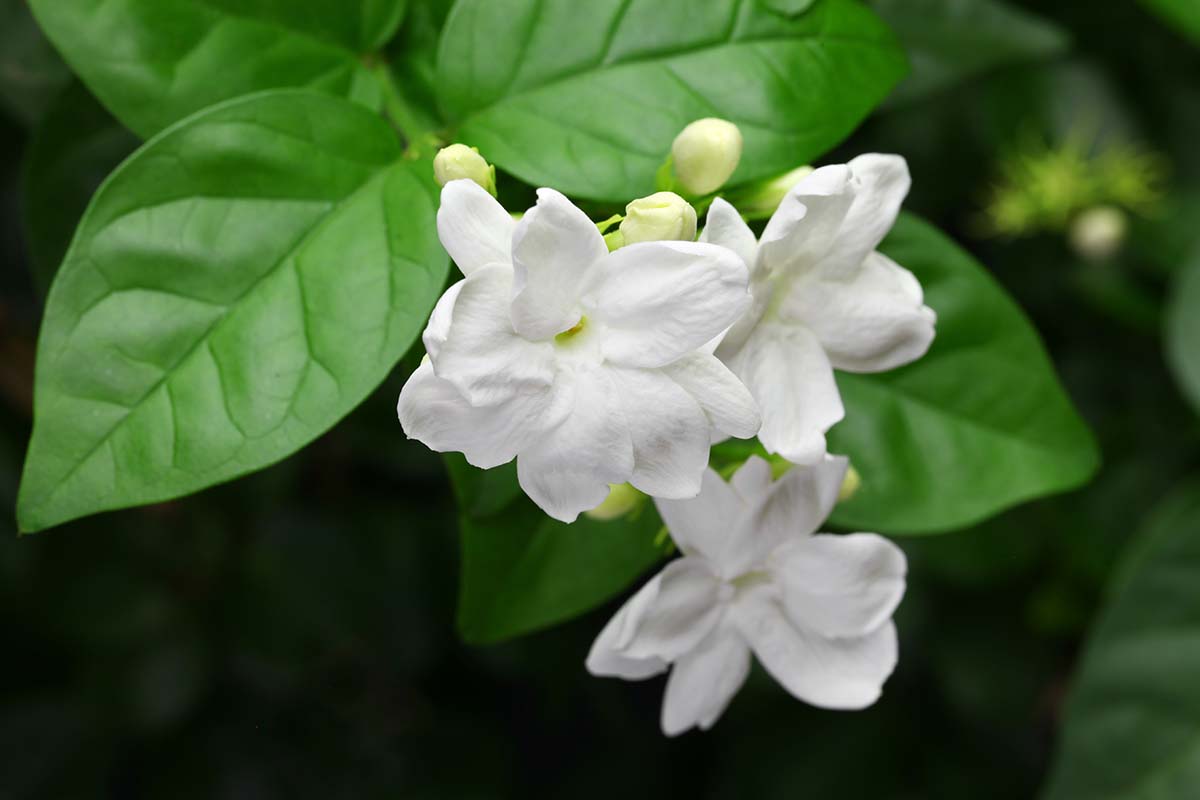
This species has a shrubby growth habit, reaching about three feet in width and six to eight feet in mature height, although it can easily be trained into a lovely mound for container growing.
Star-shaped, white blossoms with just a hint of soft yellow at their centers appear between early summer and mid-fall. Note that this species is very intolerant of cold temperatures.

Find a one-gallon grower’s pot of Arabian jasmine at the American Plants Exchange store via Amazon.
Parker’s Jasmine
If you’d rather not contend with quite as much pruning and pinching to keep your specimen in shape, Parker’s jasmine (J. parkeri) might be the perfect choice for you.
This dwarf species is known to achieve no more than about three feet in mature height, although most plants grown indoors only reach about two feet, with a similar spread.
Another difference between this and the others on our list is the bright yellow, star-shaped blooms it produces. They’re not quite as fragrant as the others, however, but they do have a light scent.
Expect a mounded form from this cultivar, although it can be trained to climb a bit. Check with your local garden center for availability.
Next up, let’s discuss how to choose a container best suited for growing jasmine indoors.
Choosing the Right Container
Selecting an appropriate container is an important first step that will make caretaking easier.
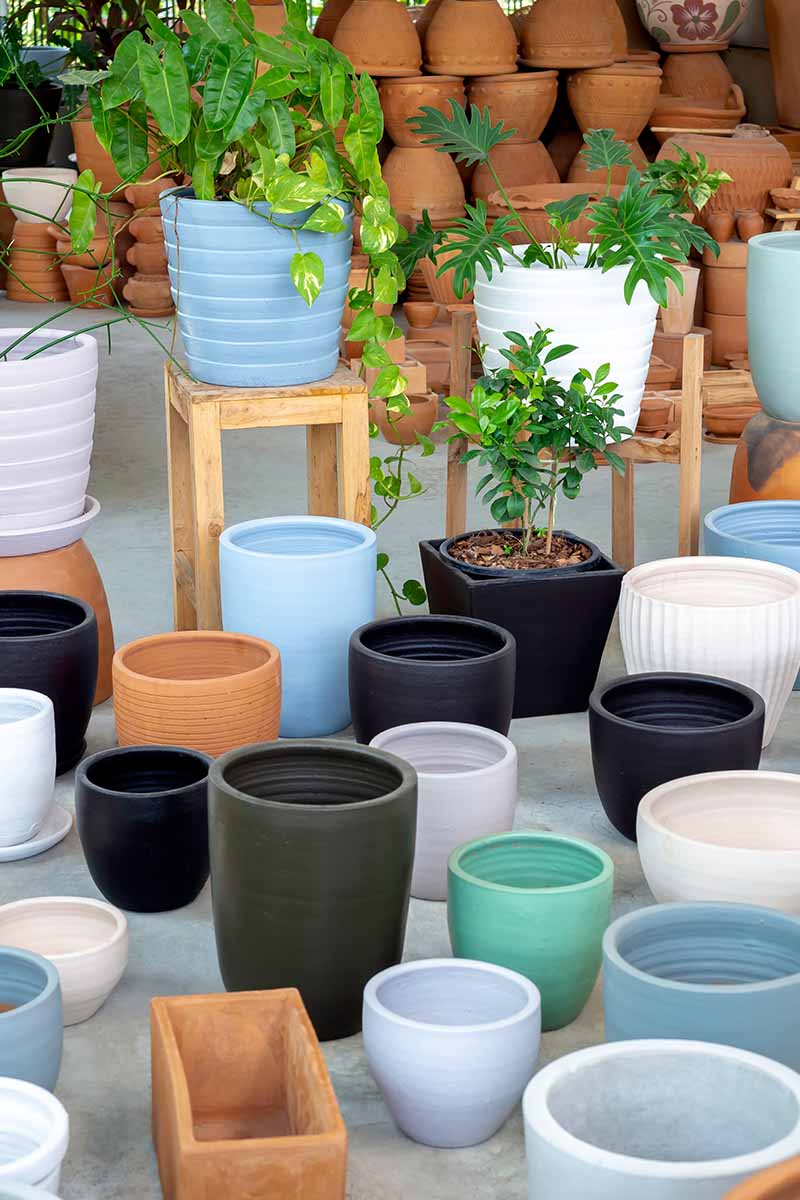
Many houseplants including jasmine are happier in ceramic vessels, for several reasons:
First, unglazed ceramic is porous and allows for transpiration. This passage of oxygen aerates the soil inside the pot and allows for evaporation of excess moisture.
However, transpiration can also dry the soil more quickly, which means more frequent watering is required. Glazed ceramic can reduce this need to some extent.
Clay vessels have a heavier weight than some other types, which is useful in growing a specimen that requires a support, such as a trellis, which can result in a top-heavy, off-balance container.
For young plants, this eight-inch planter from Trendspot that’s available via Walmart works well.
Containers made of plastic or other materials may also be used. No matter which type you choose, make sure the container has at least one drainage hole.
This eight-inch stoneware planter is another good starter choice, with a red color that will contrast nicely with the green foliage and white blooms.
It’s available from The Pioneer Woman via Walmart.
Small, young vines can be started in six- to eight-inch pots, moving up two to three inches in size with each repotting.
Because most varieties establish a fairly large and deep root system over time, a larger container will be necessary to prevent these specimens from becoming root bound.
It’s not unusual for a mature plant to need a 12- to 18-inch container.

Pair this 12-inch blue ceramic container from Amazon with this 11-inch iron topiary frame from Terrain for a gorgeous presentation suitable for a larger vine.
Any containers that are reused from a previous planting should be scrubbed out with soap and water and soaked in a mix of one part bleach to nine parts water to disinfect prior to replanting.
Potting
When you’re ready to pot up a specimen that you’ve brought home from the nursery or purchased online, fill the pot to a few inches below the brim with potting mix.
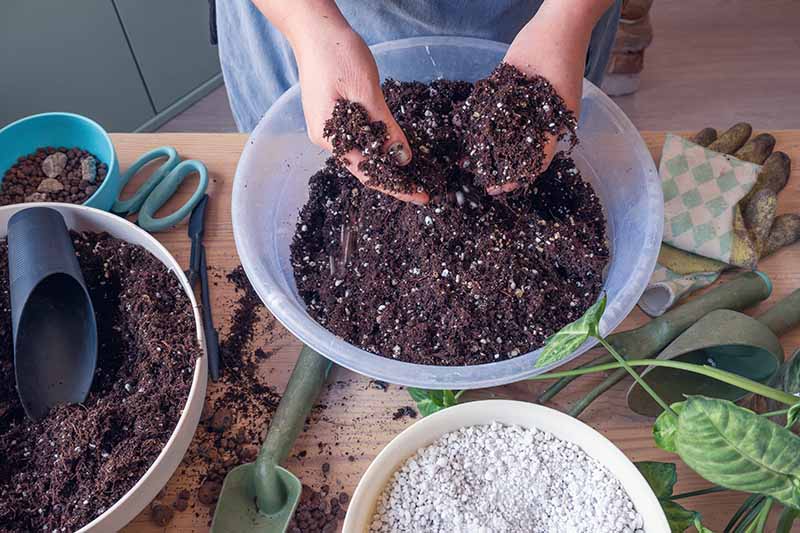
Place the plant on top of the soil so the base is even with the rim of the container, and backfill around it with soil.
Don’t bury the stems deeply or mound the soil around them. Press lightly with your hands to settle. Moisten the potting mix well and allow excess water to drain off.
We’ll focus on caretaking next, with all the tips you need to start off right!
Caretaking
Rich, loamy, well-drained soil is a must for members of the Jasminum genus. Coarse sand or bark can be added to increase friability, a good idea since soggy soil is a no-no.
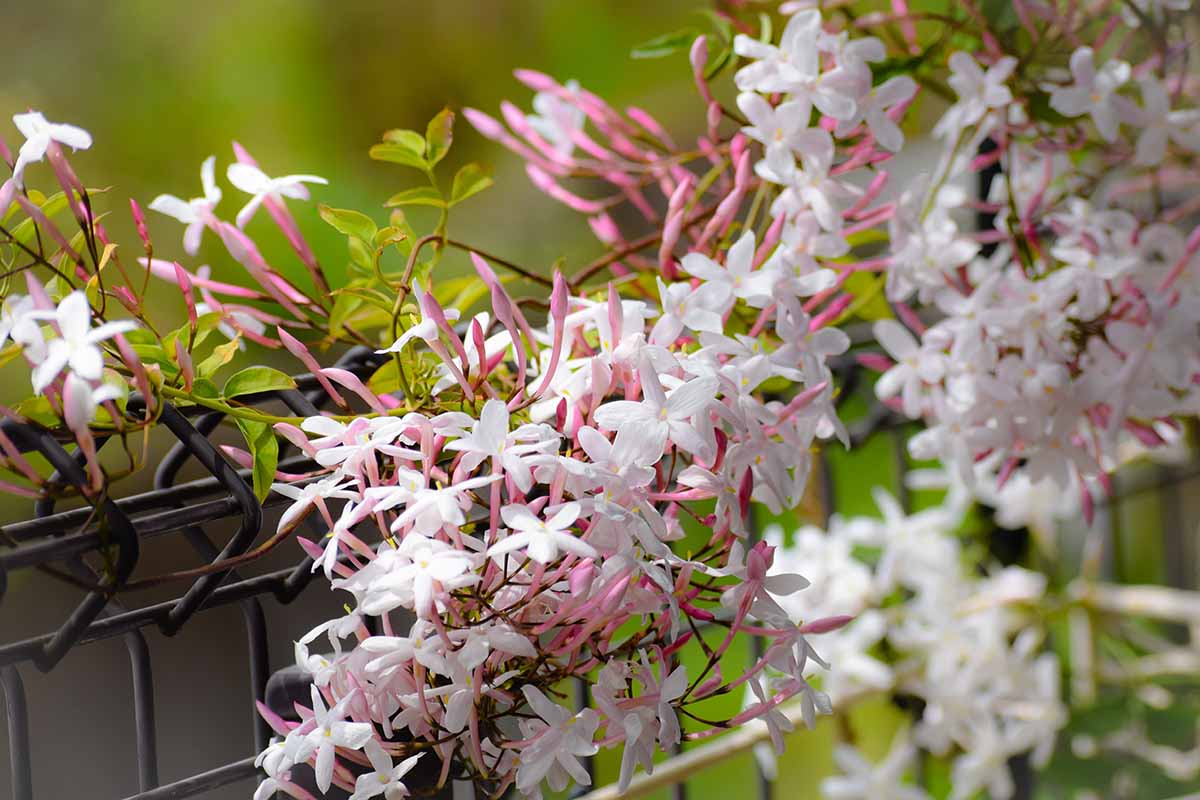
Direct sunlight should be provided for most types for at least six hours per day, with winter jasmine (J. nudiflorum) preferring indirect sunlight instead.
Keep your specimen in a location where temperatures remain at a consistent 60 to 75°F for optimum health and frequent blooming.
Most types of jasmine should not be exposed to temperatures under about 50°F, though J. officinale and J. nudiflorum can withstand slightly lower temps.
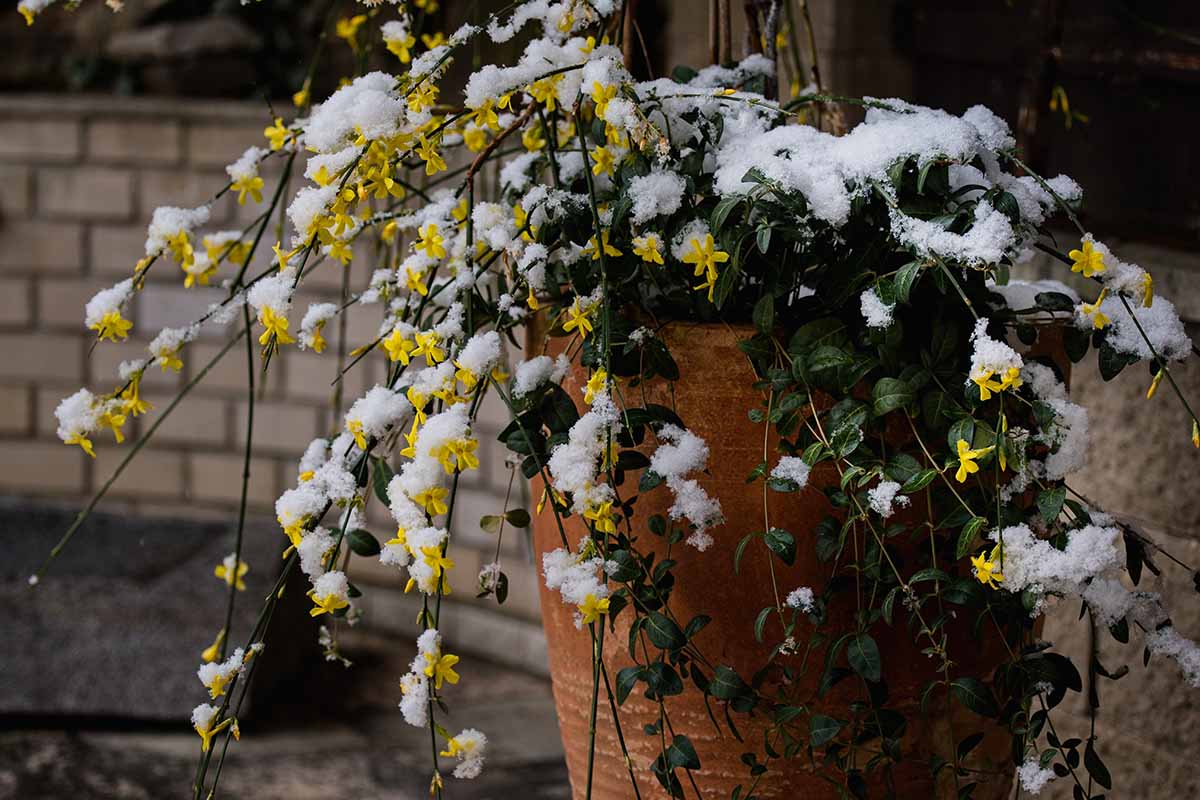
Provide a support, such as a small trellis or frame, on which the vine can climb.
Shrub types sometimes need support as well if the stems become long, but with pruning, they will stand unaided.
Typically, stems will need to be loosely tied to the support until they begin twining around it on their own.
For houseplants, moisture is especially important to monitor.
Intolerance of both drought and overwatering means you’ll be checking at least a couple of times per week to make sure the surface of the substrate feels slightly moist to the touch.
Add just enough water to moisten the substrate without soaking it and make sure the excess runs off. Empty any catchment containers promptly.
During the warmer months or periods of heavy blooming, water needs may increase to twice or more per week. In the winter, watering should be decreased as the plant will use less overall.
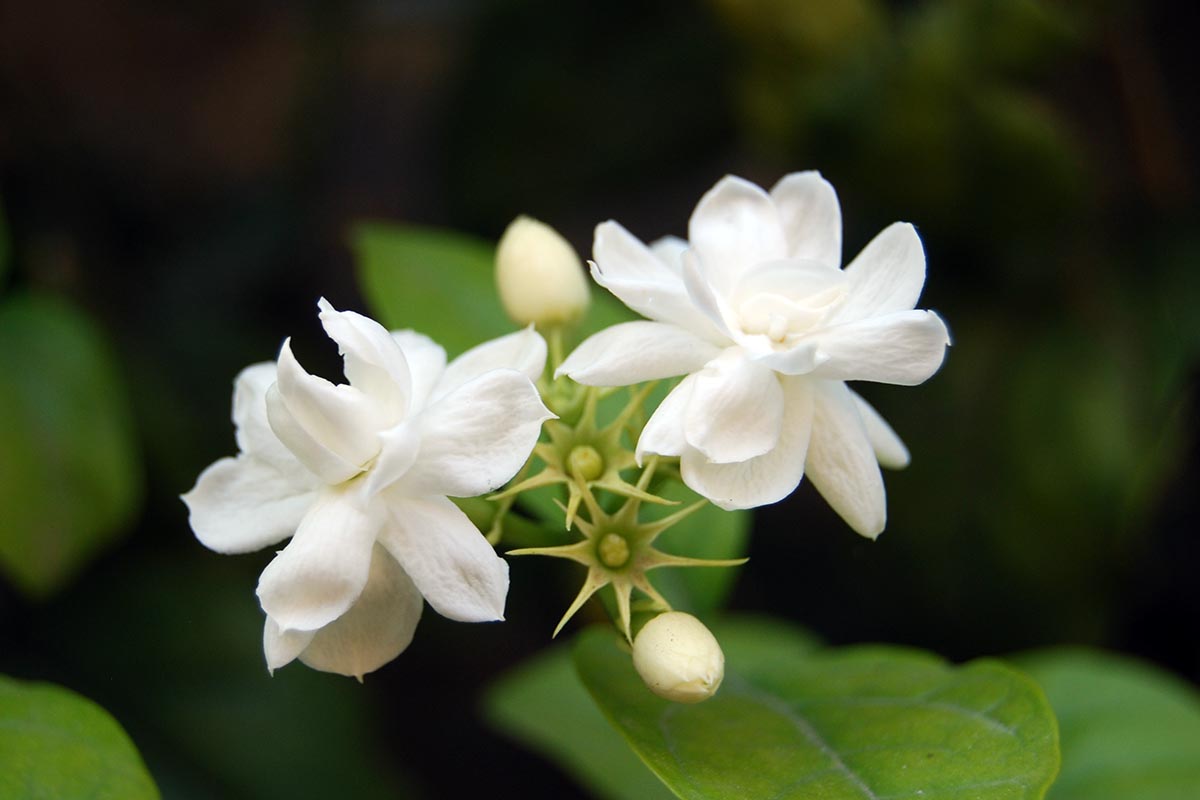
For tips on managing pests and diseases, and information on which of these to be on the lookout for, see our complete jasmine growing guide.
Growing Tips
- Choose a container with drainage holes and a weight suitable for keeping top-heavy specimens upright.
- Vining types will need the support of a trellis or frame to climb.
- Rich, loamy soil with added sand or bark will keep roots healthy.
- Monitor moisture to avoid letting the soil dry out, but don’t overwater either.
Pruning and Maintenance
Pinching is an important step in keeping your plant shapely, whether a vine or one with a shrubby form. This also encourages more prolific blooming.
As new growth appears, pinch the ends of the stems off. As flowers die, pinch those back as well.
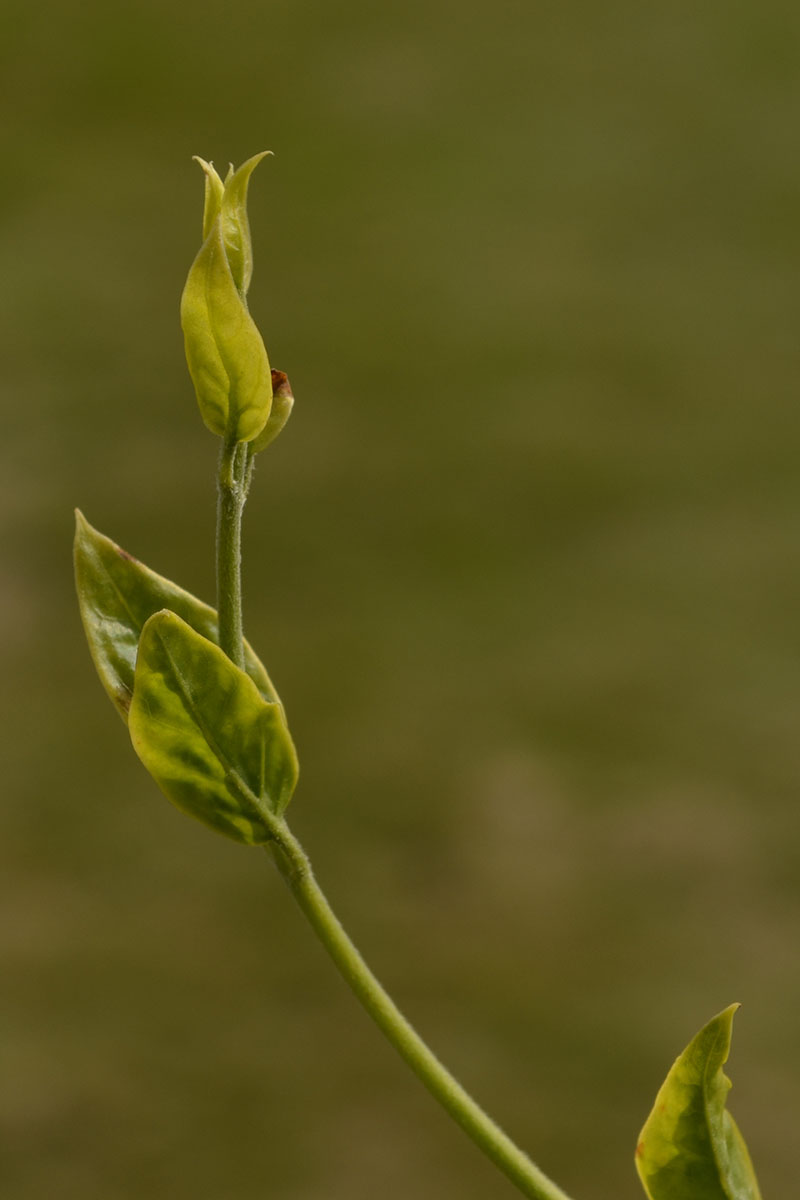
More extensive pruning is also necessary, not only to control size and shape, but because dense growth can result in mildew when trapped moisture doesn’t evaporate.
Ideally, pruning is best performed on a dormant specimen or immediately after blooming stops, but jasmine houseplants normally won’t typically experience dormancy and may flower year-round.
Fall and winter are the best times to give a trim for size and shape. If you’d like to encourage more buds to develop in the spring, hard pruning is best.
Do this by removing stems that are growing beyond the desired dimensions, and cut back any dead or dying branches. If a branch is no longer productive, it can be cut as well.
Fertilizing
While they’re not exactly heavy feeders, fertilizer can provide a boost to increase budding and blooming.
Feeding can be even more important for container-grown specimens than those planted in the ground since the enclosed environment more readily becomes depleted of nutrients over time.
A fertilizer that contains a higher percentage of potassium and phosphorus versus nitrogen works best. Look for higher K and P numbers in the NPK ratio on fertilizer packages.
Dr. Earth Organic Bud and Bloom Booster, available in a four-pound poly bag from Amazon, is a good choice, with an NPK ratio of 3-9-4.

Dr. Earth Organic Bud and Bloom Booster
Once in early spring and once in early to midsummer, follow the instructions on the package to apply the appropriate amount.
Note that the recommended amount of product may need to be cut to 50 percent for potted plants.
Jasmine species prefer slightly acidic soil with a pH as low as 5.5, though neutral to slightly alkaline soil with a pH range up to 8.0 should be fine.
A few tablespoons of spent coffee grounds can be spread on the soil surface to increase acidity.
The Smell of Success
I don’t know about you, but I happen to think nurturing a plant is an incredibly rewarding experience! Watching it grow, bloom, and thrive is like raising a leafy little child.
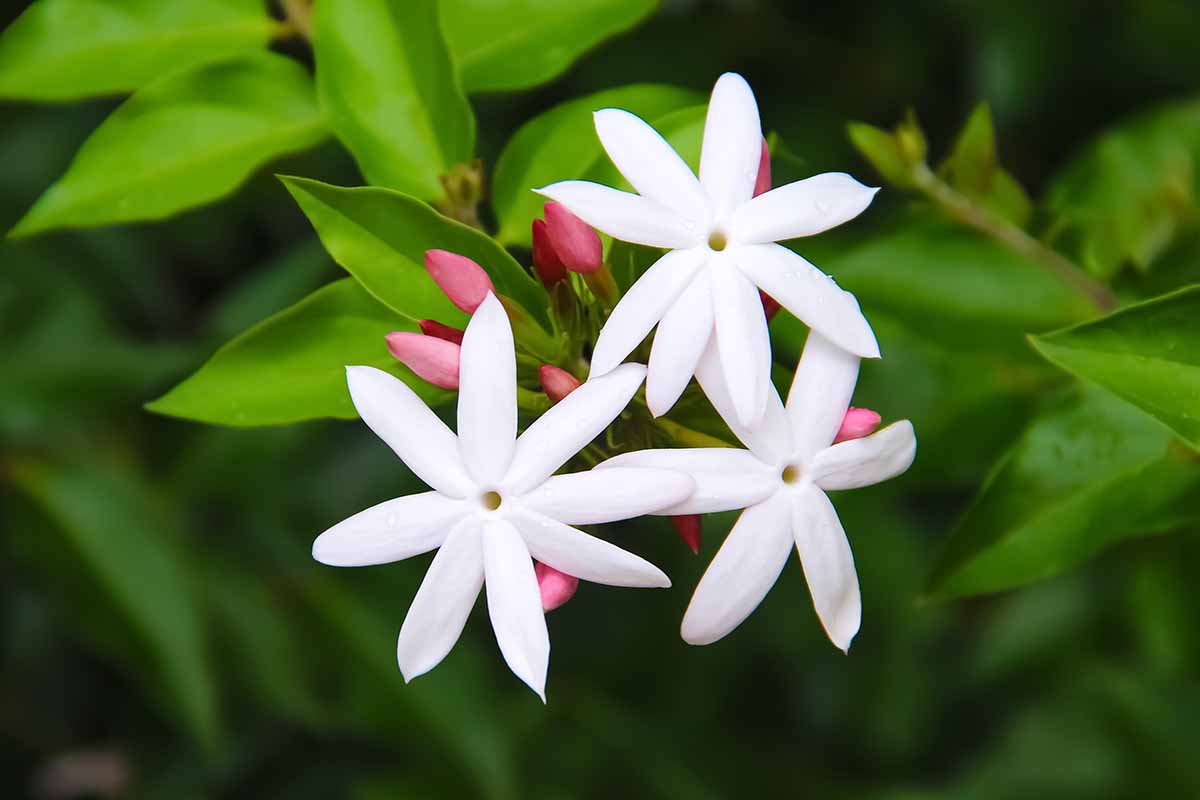
Growing jasmine as a houseplant can definitely make you feel a sense of accomplishment when you have a beautiful display to enjoy, shaped to perfection, and blooming away in its cozy spot. You might even have enough flowers to make tea, if yours is the appropriate type!
We hope to see some photos of the one you choose in the comments below. And we’re here for you if any questions crop up in the meantime – we’ll do our best to help sort out any issues.
Want to learn more about growing plants known as jasmine? Here are a few suggestions that might pique your interest next:

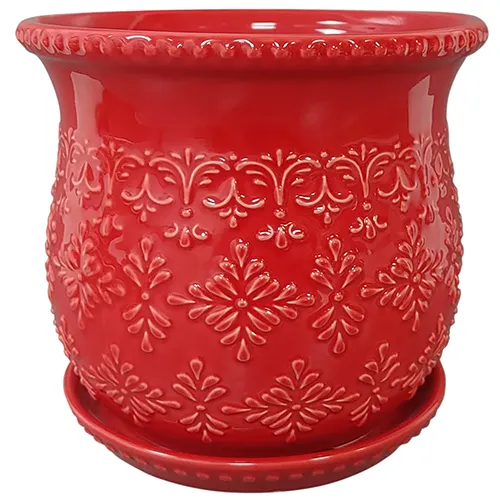
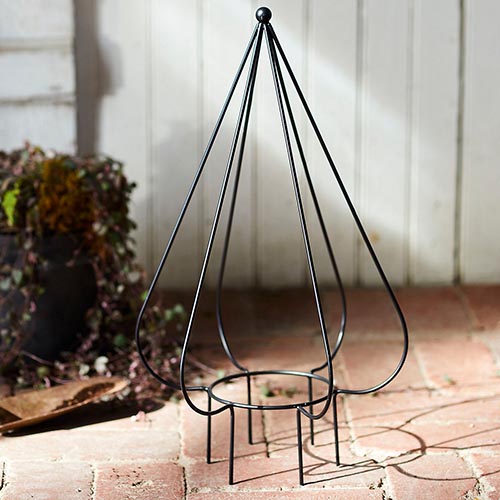
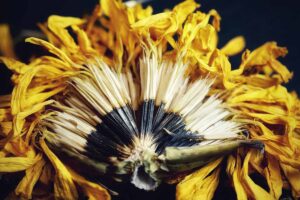

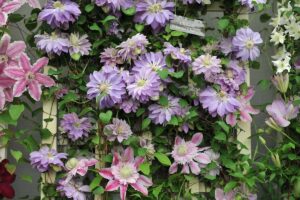
Really??? A story about jasmine with a leading photo of citrus blooms?
j. Sambac is the one to have, does very well in pots and is shrubby so better suited to indoor or patio culture… remember it is very frost sensitive, but adores heat.. and the fragrance is to die for
Hi Alan!! Whoops! That certainly is an oversight and has been corrected now! Thank you for pointing it out 🙂 Happy New Year!